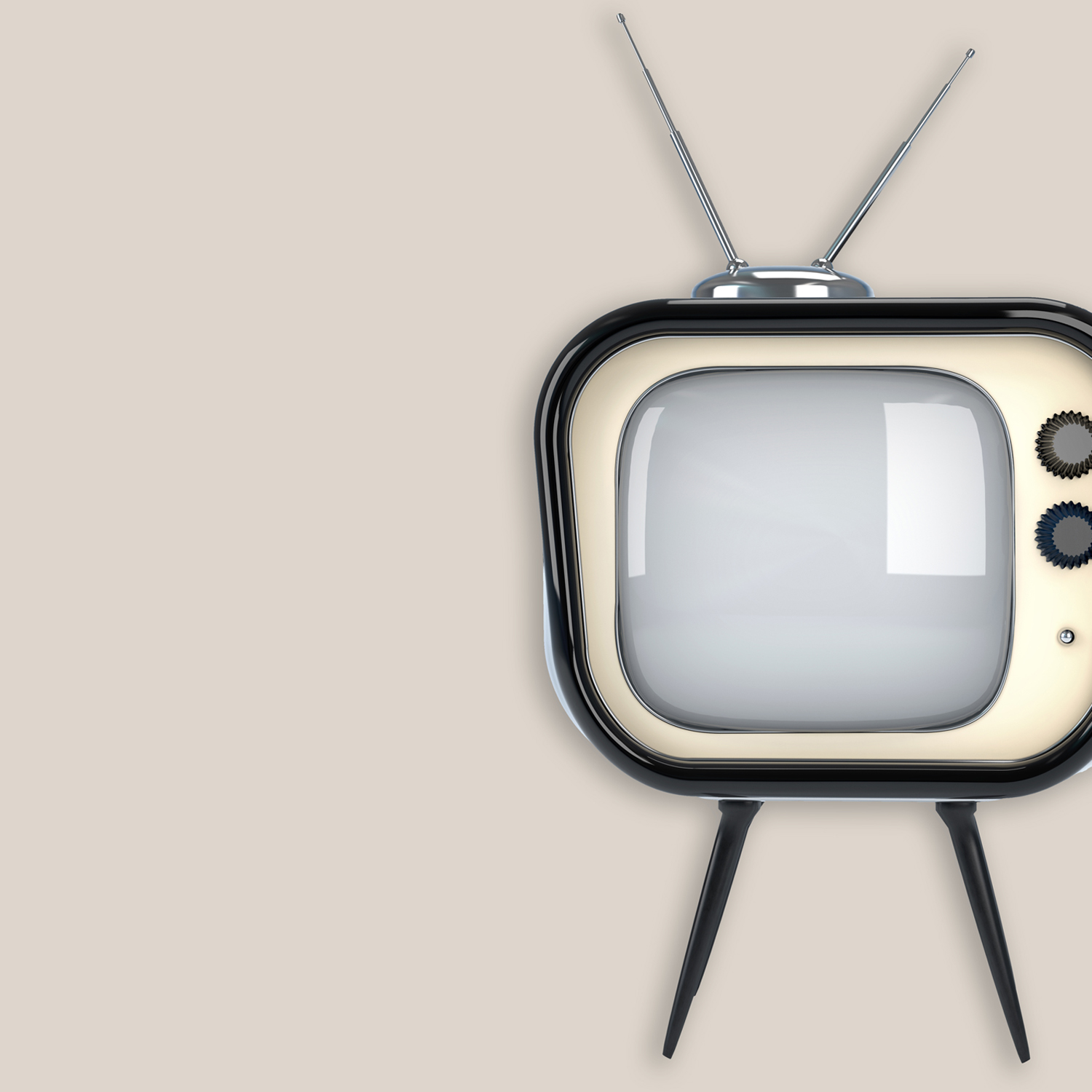Writing the Television Pilot – the first ten pages – can be daunting for Television writers. In this blog, I want to set out the five key factors that must be in those crucial first ten pages in order for a potential Producer to not only be hooked in the beginning, but stay with your script beyond that ten page point. Writing the Television Pilot – the first ten pages – is a key place to start as you structure your story across the television hour. The first ten pages of a Television Pilot form the crucial first ten minutes of your television hour. In the structure of a television hour, there are traditionally five acts and the first ten pages of the Television Pilot forms that first act.
Writing a commercially attractive, engaging Television Pilot – the first ten pages, in particular, demands a certain mind set and skill base from television writers. The Pilot is the window for any potential Producer, to the rest of the series. Get this right and you have jumped the biggest and highest hurdle in the development process.
Working with my writers via my Development Packages, I always start with the building blocks of television drama – that five act structure – and how it forms the story wall of your Pilot. Then by extrapolating this process further, we go on to build the wall across the series arc; whether this be a short run serial of three episodes or a much longer series of twelve+ the process is always the same; we consider the structure of your series and focus on the pilot being the first major block in that wall for the series as a whole.
Considering the five act structure, imagine this as a wall of story that you are building up as you progress through your Pilot. As a Producer myself, I can confess to having the attention span of a Goldfish so the five act structure really helps me when reading and developing scripts with my writers. This is because within each story block, or Act, I encourage my writers to have at least one clear story ‘peak’ or put another way ‘tent pole’ per Act. The peak or the tentpole is how I describe the build up of energy and tension to a mini climax of a particular story line. It helps to use a visual here. Imagine the story line is incrementally following a trajectory of a line going upwards towards the apex of a mountain or the top of a tent pole and then take that story line down the other side, whereby it may be building again, or indeed another story line may take over that energy and carry the drive on wards to the next Act. When structured properly, television drama really engages an audience and it is a seamless and apparently effortless process. But, behind this easy watch; this gripping or engaging, hilarious or gruelling drama series, there are a number of very carefully plotted and planted story peaks across every hour you watch. The nuts and bolts work behind the pictures and action on screen. Audiences are not aware of the manipulation going on via good structure, and really good television writing hides the strings and pulleys of the story telling process completely.
START WITH A VISUAL
The image on the page that your potential Producer will read, will be the image on screen that draws in your audience. This is a key decision for any writer writing their first act – their first ten pages. The image has to be not only compelling, but also say something about the world you are about to unfold for us. Often series dramas are established in the first minute by the writer giving us some idea of geography; where this story is set, or period, if it is an historical tale. This can be done via action sequences, (adding an energy to the first minute or so of the Pilot) as in the opening sequence of Sally Wainwright’s Gentleman Jack, or perhaps the audience is gripped by the title sequence leading into the first minute of the Pilot as in the award winning sequence setting up the lineage of the Roy Family in Succession. Not all Pilots need a planned title sequence – it depends entirely on the story you want to tell – but in the example of saga type structures, the The Crown or Succession, then title sequences can say a lot in a very short, intensely visual way. Remember the most important rule of good television writing. Show Don’t Tell. Television is a visual medium and you need to use your ‘mind’s eye’ and your visual imagination to encapsulate the tone, the mood and some of the story by chosing the right sequence or series of images that sum up the bigger picture for us.
CRACK ON WITH CHARACTER
Story is not created by mere action. Character creates story and action. So start with Character. What do they want? What are they going to do to get it? How are you going to stop them getting it? Put Obstacle in front of their Desire and you have a solid foundation on which to build your story line for all your characters. In the first ten pages, you need to set up all the main players in your series. I talk about this at length with writers when we consider their overall intention/message of the series they want to structure for television. The players in your series are denoted by the amount of story weight they carry. Those that carry the most are in the centre of your world. In some series, there may be a solid group of characters at the centre, if you are exploring an ensemble piece, or perhaps there are two or sometimes just the one main protagonist, the central character at the centre of the world you write. Whatever the number, there is a clear decision to be made here before you embark on writing those crucial first ten pages. Once you have honed who is telling the story, from who’s point of view we see the world, then these are the carriers of your story and you the writer, need to plant their seed in the first ten pages of what they want and what drives them. Put another way, identify the subtext of each character that carries story weight and bring them into the first ten pages.
MOVE THE PLOT ON
As soon as you have introduced your characters; with their subtext drumming away under everything they do, the plot will happen. So now in the first ten pages, we need to crack on with the story. There are two main creative decisions to make here.
The first is to identify The Narrative Through line of your series. This can often be summed up in the title. I do a lot of work with my writers on titles. The title to me, is a structural decision. Happy Valley, The Marvellous Mrs Maisel, Call My Agent, Life, Ordinary People, Holby City are all examples of how a title sums up the world, the main message and some of the tone of the series. Plotting your story lines across the arc of the series, I encourage my writers to consider the title as a way to anchor them, to remind them and to hook into the main themes and tone of the series they want to write. Some titles do what it says on the tin Call The Midwife for example – others are more oblique but still carry a sense of tone and message; I May Destroy You, or The Queen’s Gambit. Once you have your title, you will be able to plot the main seeds of the story line that will ultimately carry this over all tone and message across the series.
The second is to identify The Macro v The Micro Viewpoint.
The Macro view point is the view of the bigger picture. In precinct, or procedural drama series, it will often be formed by the hospital, or police station in question. If there is not an obvious precinct to your series world, then the Macro view is that which you wish your audience to take – the Gogglebox Element. Here, the viewers observe your story and its world from the outside, from the Macro view and it is up to you when and how they learn plot points or key character observations.
The Micro view point is the perspective of the central characters – who look at their world from the inside out. Here now, as you write your Television Pilot – the first ten pages – you can plant the seeds of the Micro View which will jump start their journeys across the series arc as a whole. The Micro view forms the centre of the world you are creating. Like the small wheel in a larger bicycle wheel; here, by defining the subtext of your Micro view characters; those sitting in the centre of this wheel, you will create spokes, or storylines coming from the centre of the world as in the spokes of a bicycle wheel.
Taking the series as a whole, and the Pilot as the first story block in that series arc, there are two things working in tandem here – the Macro and the Micro view point and it is the flipping back and forwards between these two perspectives that makes really good television drama sing.
DESIRED GOAL
Having established what it is that your characters need or desire and also how you envisage them pursuing that desire (and so creating plot or story lines) you can now plant the first seeds of this journey in the Television Pilot first ten pages. This is the first footfall for your characters across a longer and more layered journey as you plot their arc from this point. You are, by doing this, giving the audience an indication of the sort of story line this character will be following and also an idea of the tone of the rest of the episode and series as a whole.
OPPOSITION TO THAT GOAL
Obstacle v Desire is a major story engine in television series and your Television Pilot the first ten pages must reflect this by the planting of the first obstacle you intend the main characters to have to navigate in order to go further. In doing this, you are giving the audience a good bite of drama in the first ten minutes and so showing them what they may expect going further into the lives of your characters. These drama seeds, planted in the first ten pages, do not need to be huge, explosive or climatic, but they do need to carry the weight of your over all plot forward and reveal character in so doing.
Do you have a series Television Treatment you need to write? I can help here via my Online Tv Writing School
If you wish for help writing your Television Pilot then the next course from my Online Tv Writing School is 2021 keep a look out on social media for news of Script Advice courses and also contact me so I can add you to my list.
Do you want to know how to tackle the Series Arc/Outline for Television? Read my blog here.
Want to know how to write a strong commercial and creative Television Pilot? Read my blog here.






